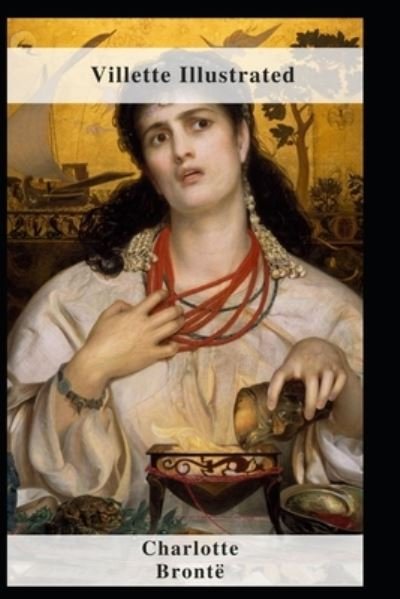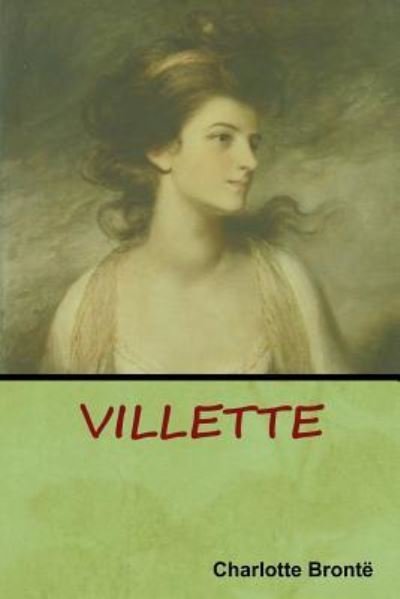
Faites connaître cet article à vos amis:
Villette
Charlotte Bronte
Commandé depuis un entrepôt distant
 Les cadeaux de Noël peuvent être échangés jusqu'au 31 janvier
Les cadeaux de Noël peuvent être échangés jusqu'au 31 janvier

Également disponible en tant que :
- Paperback Book (2023) € 11,99
- Paperback Book (2009) € 11,99
- Paperback Book (2004) € 12,49
- Paperback Book (2014) € 12,99
-
Paperback BookNew edition(2001) € 14,49
- Book (2021) € 14,99
- Paperback Book (2016) € 16,49
- Paperback Book (2016) € 16,49
- Paperback Book (2014) € 17,99
- Paperback Book (2017) € 18,49
- Paperback Book (2017) € 18,49
- Paperback Book (2017) € 18,49
- Paperback Book (2015) € 18,49
- Paperback Book (2017) € 18,49
- Paperback Book (2014) € 18,99
- Paperback Book (2017) € 18,99
- Paperback Book (2018) € 18,99
- Bound Book (2015) € 19,99
- Paperback Book (2016) € 20,99
- Paperback Book (2018) € 20,99
- Paperback Book (2015) € 20,99
- Paperback Book (2016) € 20,99
- Paperback Book (2018) € 21,49
- Paperback Book (2014) € 21,99
- Paperback Book (2016) € 21,99
Villette
Charlotte Bronte
Villette is an 1853 novel written by English author Charlotte Brontë. After an unspecified family disaster, the protagonist Lucy Snowe travels from her native England to the fictional French-speaking city of Villette to teach at a girls' school, where she is drawn into adventure and romance.
Villette was Charlotte Brontë's third and last novel; it was preceded by The Professor (her posthumously published first novel, of which Villette is a reworking), Jane Eyre, and Shirley.
In 1842 Charlotte Brontë, at the age of 26, travelled to Brussels, Belgium, with her sister Emily. There they enrolled in a pensionnat (boarding school) run by M. and Mme. Constantin Héger. In return for board and tuition, Charlotte taught English and Emily taught music.
The sisters' time at the pensionnat was cut short when their aunt, Elizabeth Branwell, died in October 1842. Elizabeth had joined the Brontë family to care for their children after the death of Maria Brontë, née Maria Branwell, the mother of the Brontë sisters.
Charlotte returned, alone, to Brussels in January 1843 to take up a teaching post at the pensionnat. Her second stay in Brussels was not a happy one. She became lonely and homesick, and fell in love with M. Héger, a married man. She finally returned to her family's rectory in Haworth, England, in January 1844.
Charlotte drew on this source material for her first (albeit unsuccessful) novel The Professor. After several publishers had rejected it, Brontë reworked the material and made it the basis of Villette. Most literary historians believe that the character of M. Paul Emanuel is closely based upon that of M. Héger. Furthermore, the character of Graham Bretton is widely acknowledged to have been modelled upon Brontë's publisher, George Murray Smith, who was her suitor at one time.
The novel is initially set in the English countryside, and later follows Lucy Snowe to the fictional Belgian town of Villette, a Gothic town where the majority of the action takes place. Villette is modelled upon the city of Brussels and is set in the fictional kingdom of Labassecour (modelled on Belgium). "Labassecour" is the French word for farmyard. (wikipedia.org)
370 pages, Illustrations, black and white
| Médias | Livres Paperback Book (Livre avec couverture souple et dos collé) |
| Validé | 15 janvier 2019 |
| ISBN13 | 9781644390726 |
| Éditeurs | Indoeuropeanpublishing.com |
| Pages | 370 |
| Dimensions | 153 × 229 × 23 mm · 539 g |
| Langue et grammaire | English |
Plus par Charlotte Bronte
D'autres ont aussi acheté
Plus de cette série
Voir tous les Charlotte Bronte ( par ex. Paperback Book , Hardcover Book , Book , CD et Livre audio (CD) )



![Cover for Charlotte Bronte · Jane Eyre - Word Cloud Classics (Paperback Book) [2nd edition] (2025)](https://imusic.b-cdn.net/images/item/original/685/9781667209685.jpg?charlotte-bronte-2025-jane-eyre-word-cloud-classics-paperback-book&class=scaled&v=1730125518)





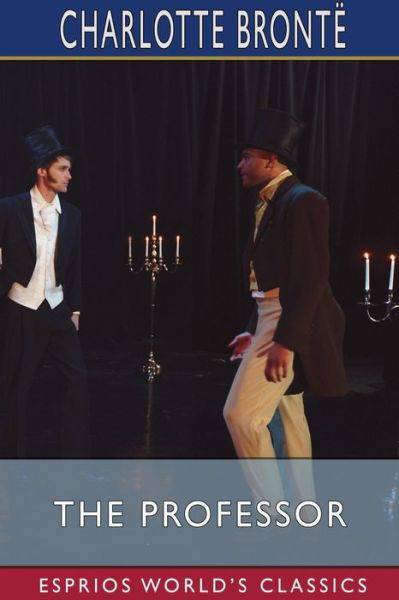




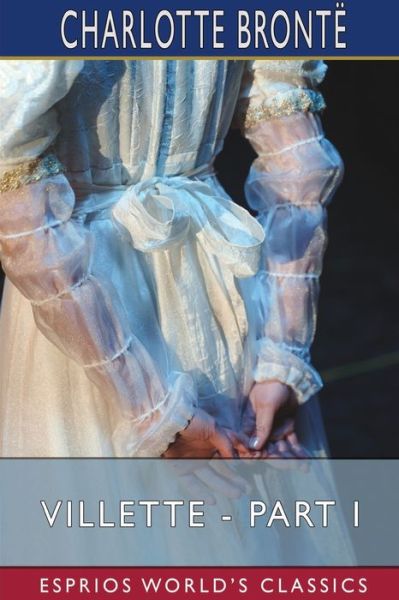
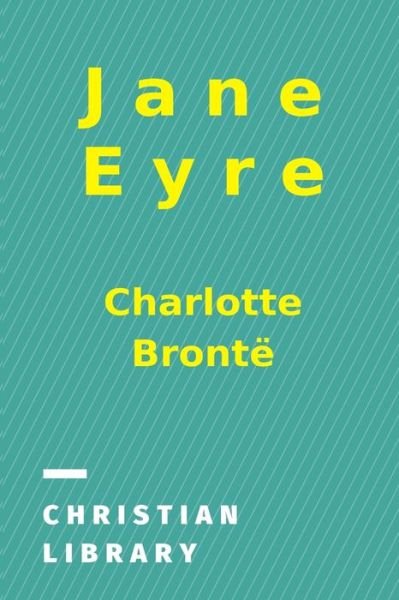


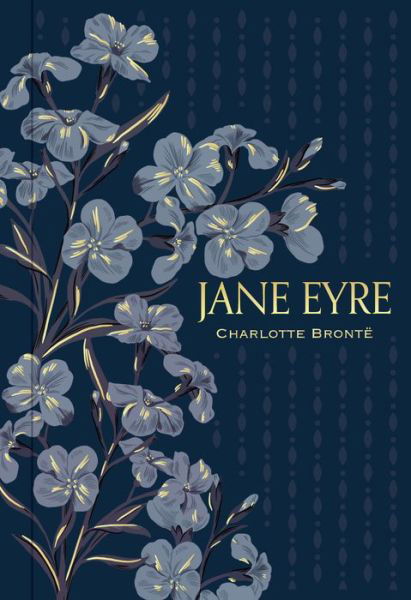
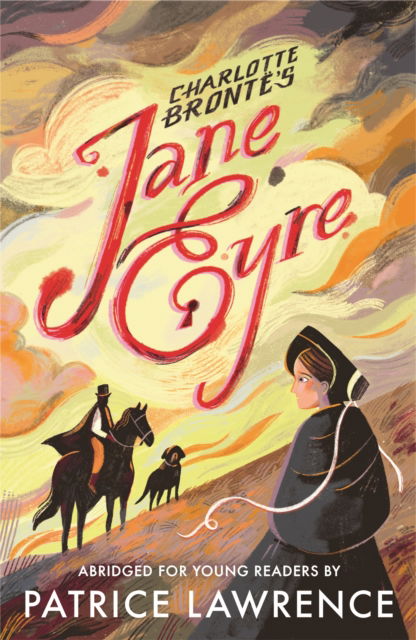




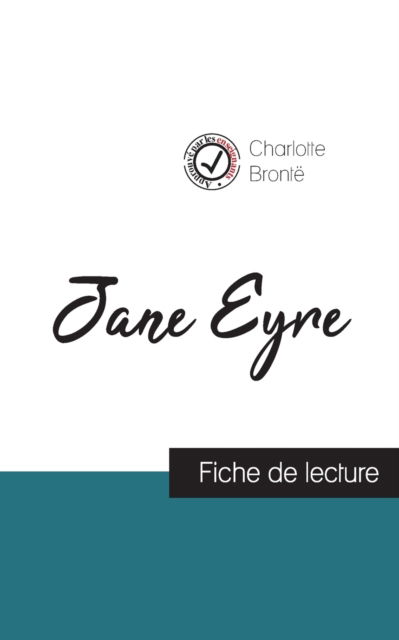


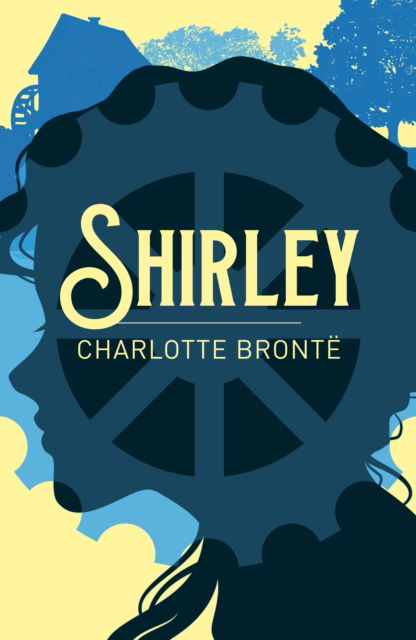
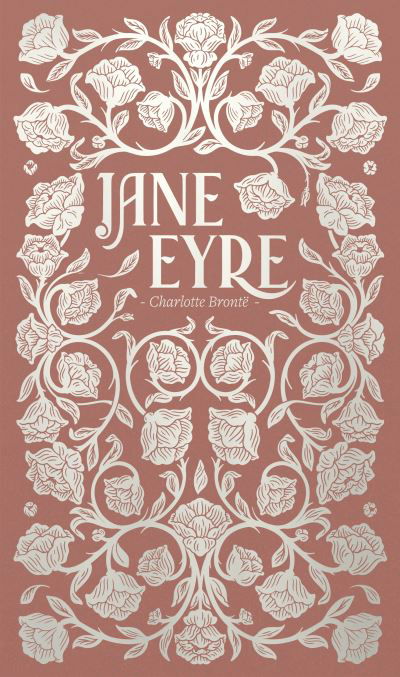
![Cover for Charlotte Bronte · Jane Eyre (Painted Edition) - Harper Muse Classics: Painted Editions (Hardcover Book) [Painted edition] (2022)](https://imusic.b-cdn.net/images/item/original/788/9780785294788.jpg?charlotte-bronte-2022-jane-eyre-painted-edition-harper-muse-classics-painted-editions-hardcover-book&class=scaled&v=1654952605)



![Cover for Charlotte Bronte · Jane Eyre Ou Mémoires d'une Gouvernante, de Currer-Bell, Imités [and Abridged] Par Old-Nick (Book) (2022)](https://imusic.b-cdn.net/images/item/original/947/9781015931947.jpg?charlotte-bronte-2022-jane-eyre-ou-memoires-d-une-gouvernante-de-currer-bell-imites-and-abridged-par-old-nick-book&class=scaled&v=1696328611)
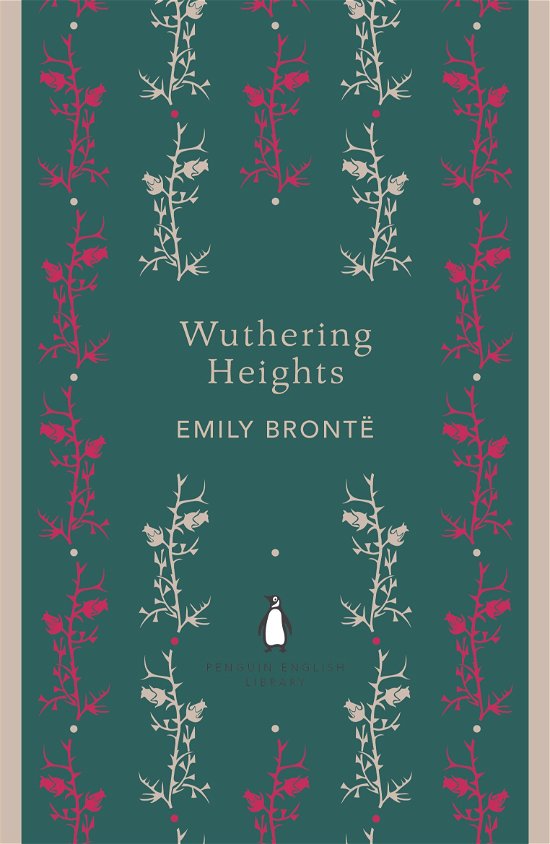
![Cover for Andreas Lieberoth · Tænkepauser 83: Fantasi (Sewn Spine Book) [1er édition] (2020)](https://imusic.b-cdn.net/images/item/original/822/9788772190822.jpg?andreas-lieberoth-2020-taenkepauser-83-fantasi-sewn-spine-book&class=scaled&v=1600855864)
![Cover for Stephanie Perkins · Anna og det franske kys: Lola og naboens søn (Paperback Book) [2e édition] (2016)](https://imusic.b-cdn.net/images/item/original/642/9788711562642.jpg?stephanie-perkins-2016-anna-og-det-franske-kys-lola-og-naboens-soen-paperback-book&class=scaled&v=1464097276)
![Cover for Stephanie Perkins · Anna og det franske kys: Isla og jagten på lykke (Paperback Book) [2e édition] (2016)](https://imusic.b-cdn.net/images/item/original/703/9788711562703.jpg?stephanie-perkins-2016-anna-og-det-franske-kys-isla-og-jagten-paa-lykke-paperback-book&class=scaled&v=1464250554)
![Cover for Mary Shelley · Rosinantes Klassikerserie: Frankenstein eller den moderne Prometheus, klassiker (Sewn Spine Book) [1er édition] (2014)](https://imusic.b-cdn.net/images/item/original/737/9788763830737.jpg?mary-shelley-2014-rosinantes-klassikerserie-frankenstein-eller-den-moderne-prometheus-klassiker-sewn-spine-book&class=scaled&v=1390431619)
![Cover for Spencer Johnson · Hvem har flyttet min ost? (Bound Book) [1er édition] [Indbundet] (2008)](https://imusic.b-cdn.net/images/item/original/645/9788775538645.jpg?spencer-johnson-2008-hvem-har-flyttet-min-ost-bound-book&class=scaled&v=1318629608)
![Cover for Mette Moestrup · Til den smukkeste (Sewn Spine Book) [1er édition] (2019)](https://imusic.b-cdn.net/images/item/original/504/9788702282504.jpg?mette-moestrup-2019-til-den-smukkeste-sewn-spine-book&class=scaled&v=1548852090)
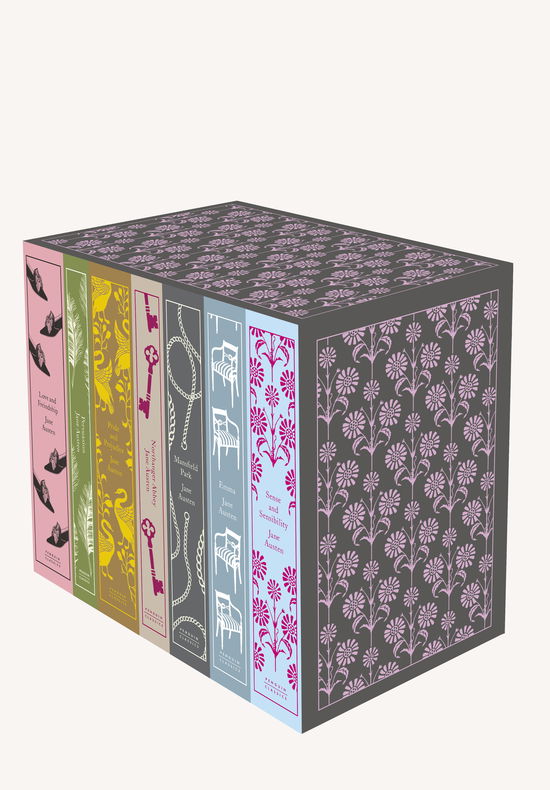

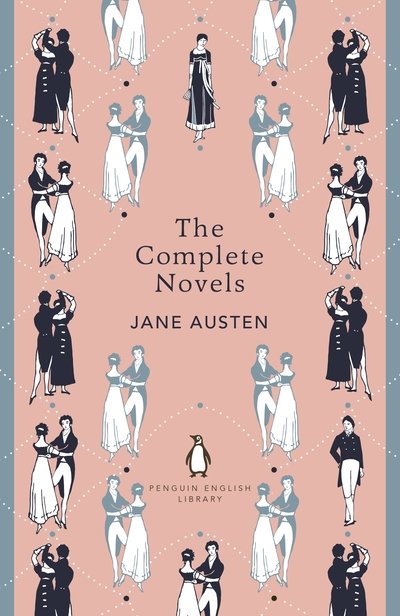
![Cover for Colleen Hoover · It Ends With Us: The emotional #1 Sunday Times bestseller. Now a major film starring Blake Lively and Justin Baldoni (Paperback Book) [Paperback Original edition] (2016)](https://imusic.b-cdn.net/images/item/original/267/9781471156267.jpg?colleen-hoover-2016-it-ends-with-us-the-emotional-1-sunday-times-bestseller-now-a-major-film-starring-blake-lively-and-justin-baldoni-paperback-book&class=scaled&v=1474284620)
![Cover for Miguel Escobar · Master Your Data with Excel and Power BI: Leveraging Power Query to Get & Transform Your Task Flow (Paperback Book) [Second edition] (2021)](https://imusic.b-cdn.net/images/item/original/587/9781615470587.jpg?miguel-escobar-2021-master-your-data-with-excel-and-power-bi-leveraging-power-query-to-get-transform-your-task-flow-paperback-book&class=scaled&v=1535760764)







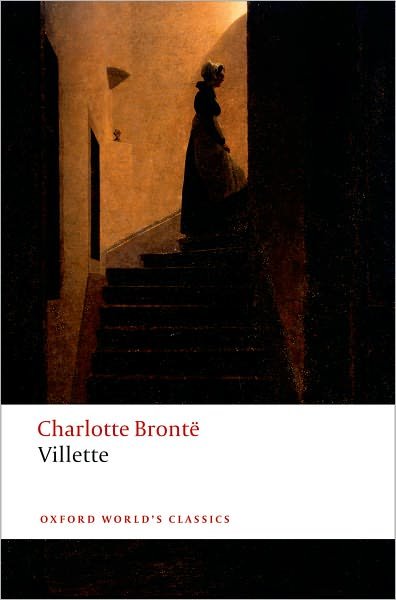

![Cover for Charlotte Bronte · Villette - Talking Classics (Livre audio (CD)) [Abridged edition] (2016)](https://imusic.b-cdn.net/images/item/original/988/9781781961988.jpg?charlotte-bronte-2016-villette-talking-classics-livre-audio-cd-&class=scaled&v=1509732112)

![Cover for Charlotte Bronte · Villette - Vintage Classics (Paperback Book) [Reprint edition] (2009)](https://imusic.b-cdn.net/images/item/original/567/9780307455567.jpg?charlotte-bronte-2009-villette-vintage-classics-paperback-book&class=scaled&v=1409858474)
![Cover for Charlotte Bronte · Villette - Wordsworth Classics (Paperback Book) [New edition] [Paperback] (1993)](https://imusic.b-cdn.net/images/item/original/728/9781853260728.jpg?charlotte-bronte-1993-villette-wordsworth-classics-paperback-book&class=scaled&v=1453678294)

